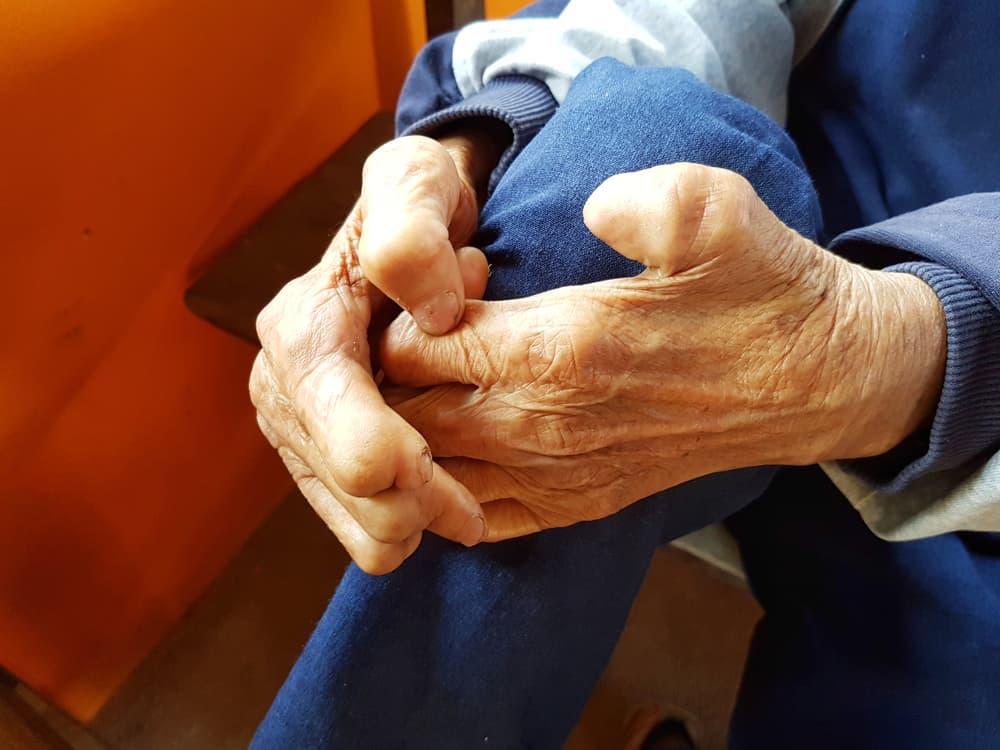Recognize and Prevent the Types of Leprosy Defects Before It's Too Late
Leprosy defects occur due to disturbances in nerve function in the eyes, hands, or feet. Disorders that occur can be mild to severe. Generally, severe leprosy defects result from acute damage to nerve function that can affect other organs. What do you need to do to prevent leprosy infection from causing permanent disability? Here's the review.

A glimpse of leprosy
Leprosy is a chronic infection caused by the bacterium Mycobacterium leprae which causes skin injury to nerve and muscle damage. Damage to the skin's nerves due to leprosy infection will result in you not being able to experience touch sensations, temperature, to pain.
The main symptoms of leprosy include:
- Weak muscles.
- Numbness in eyes, hands and feet.
- Fungus-like skin patches (the color is brighter than the surrounding skin).
Usually, the incubation period is quite long. Early symptoms of leprosy can occur around 3 to 5 years from exposure to the first infection. Some people don't even experience any symptoms until 20 years later. Therefore, it is very difficult for doctors to determine when and where lepers are infected.
Types of leprosy defects that need to be watched out
Based on the National Guidelines for Leprosy Control Program issued by the Ministry of National Health, disability due to leprosy is divided into primary and secondary disabilities.
Primary disability
Primary disability is a type of leprosy defect caused directly by the infection of the bacterium M. leprae in the body. For example, numbness, claw hand (bent hands and fingers), and dry skin.
In primary disability, tinea versicolor skin patches will usually continue to grow in a relatively short time. Leprosy is also inflamed and swollen for a long time. This condition is often accompanied by symptoms of fever. People affected by leprosy also usually experience muscle weakness and numbness skin sensation in the last six months since exposure to the initial infection.
In addition, ulcers due to leprosy can sometimes rupture and develop into ulcers. If you experience the symptoms above, immediately visit a doctor to get the best treatment to prevent the severity of symptoms and conditions.
Secondary disability
Secondary disability is the development of primary defects, especially those caused by nerve damage. For example ulcer ulcers (open skin lesions, aka ulcers), and limited joint motion as a result of functional damage to the joints and soft tissues around the affected area.
Leprosy disability at this stage occurs through two processes, namely:
- There is a direct flow of M. leprae bacteria to certain peripheral nerves and organs.
- Through leprosy reactions.
If the bacteria has entered the nerve, the nerve function will decrease and even disappear. In general, nerves function as sensory, motoric, and autonomous. Abnormalities that occur due to leprosy can cause interference in each nerve or a combination between the three.
- Sensory nerve disorders. Sensory function nerves are responsible for giving sensation in feeling, feeling pain, and feeling the temperature. Disorders of the sensory nerves can result in numbness of the hands and feet and reduced blinking reflexes.
- Motor nerve disorders. Motor nerves function to provide muscle strength. Disorders or abnormalities in the motor nerve can be paralysis of the hands and feet, the fingers and toes are bent, and the eyes cannot blink. If the infection occurs in the eye, it can cause blindness.
- Autonomic nerve disorders. The autonomic nerves are responsible for sweat glands and oils in the body. Disorders of the nerves cause dryness and cracking of the skin due to damage to the oil glands and blood flow.
The severity of leprosy defects
In addition to being distinguished from its type, leprosy defects can also be distinguished from the severity of the defects that occur. Each organ affected by leprosy infection (eyes, hands and feet) is given a level of disability.
The level of leprosy defects according to the world health organization (WHO) is
Level 0
At this level organs such as eyes, hands and feet do not experience any abnormalities.
Level 1
This level is characterized by damage to the cornea of the eye. In addition there is a disturbance in visual acuity but not in a severe stage. Usually the patient can still see something from a distance of 6 meters. In addition there is muscle weakness and numbness in the hands and feet.
Level 2
At level 2, the eyelids cannot close properly. Not only that, vision is very disturbed because usually patients with this level are no longer able to see something from a distance of 6 meters and the rest. Then there are also disabilities in the hands and feet such as open wounds and permanent bent fingers.